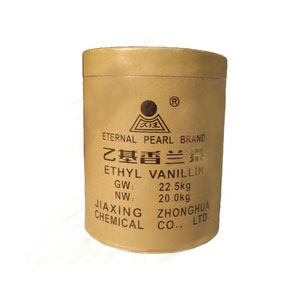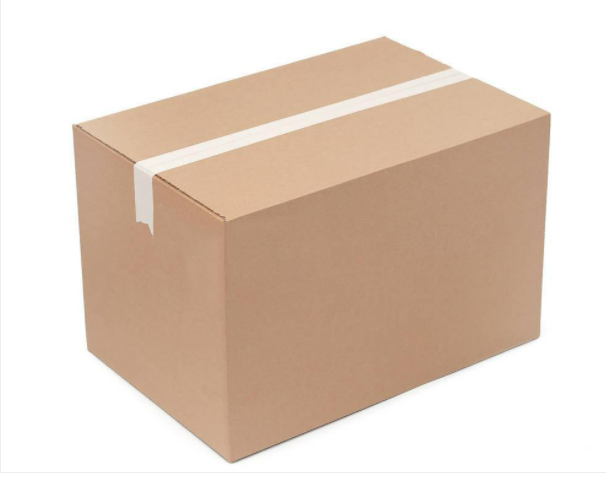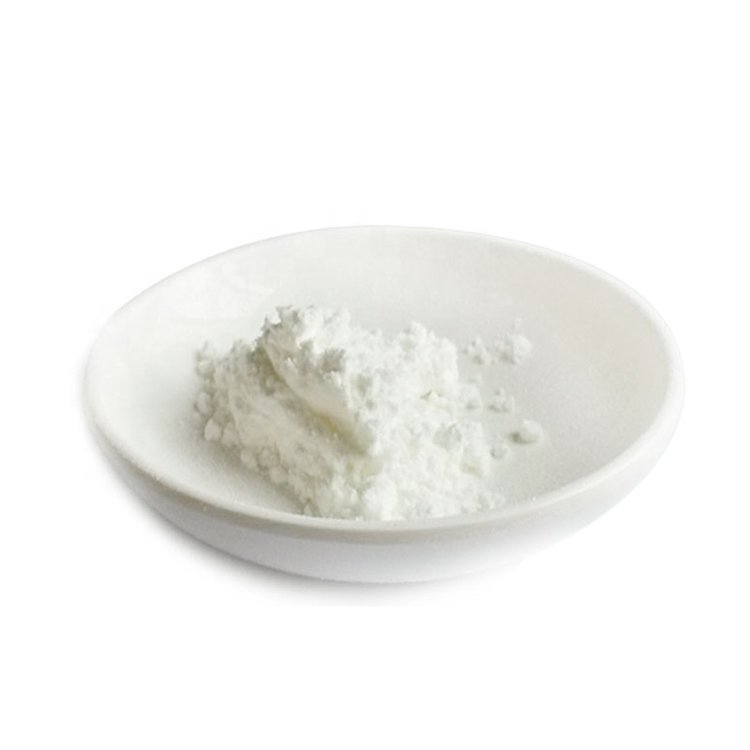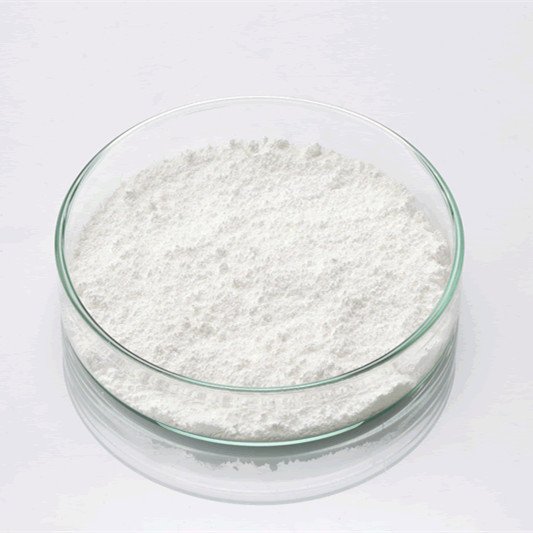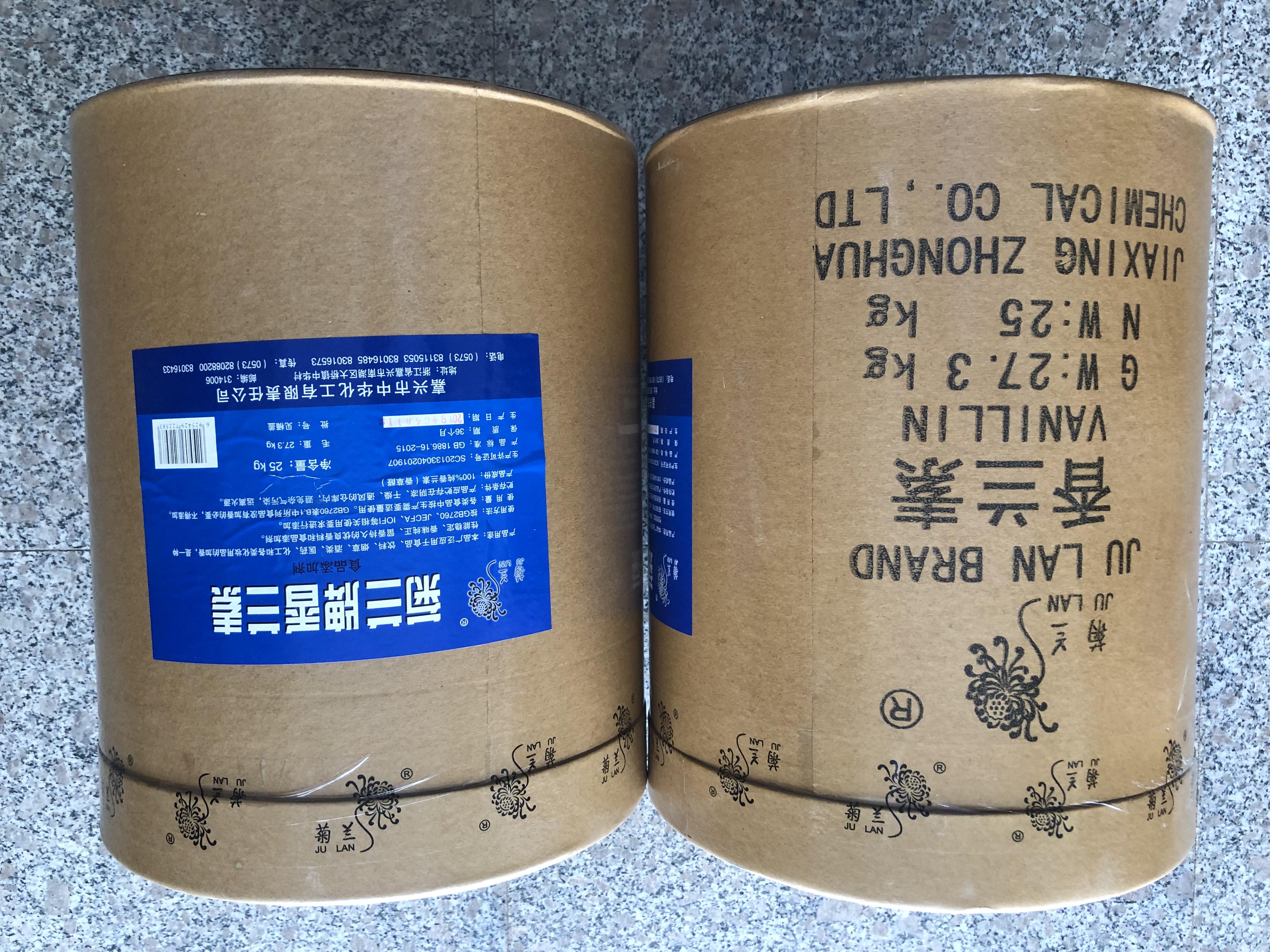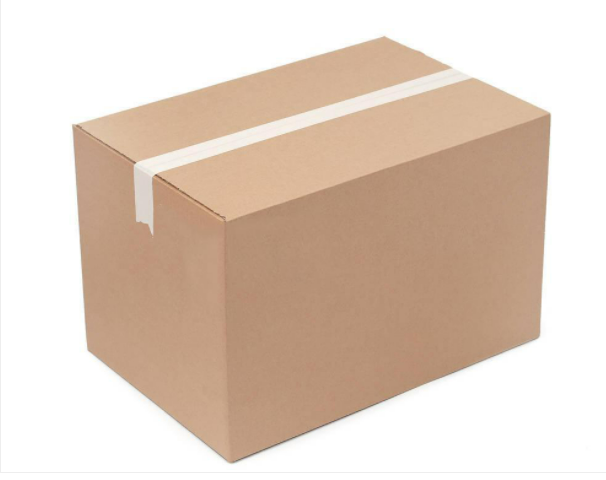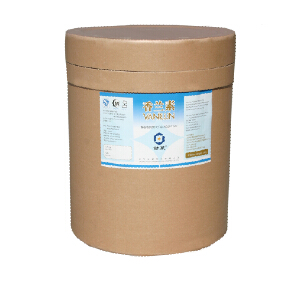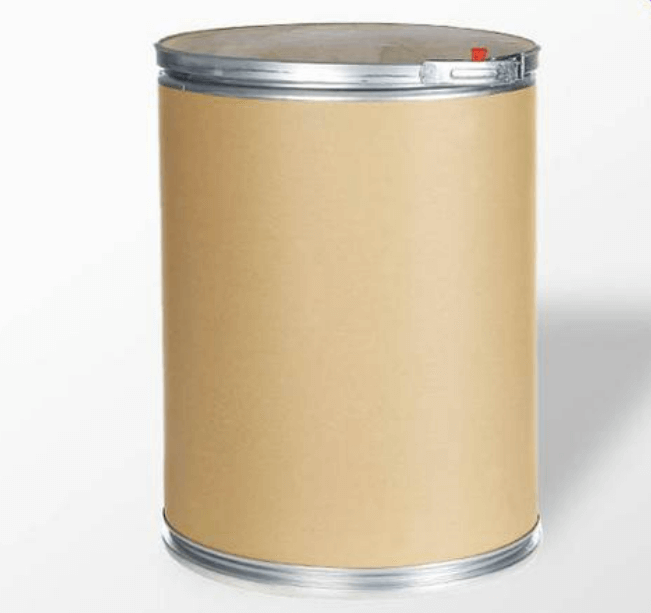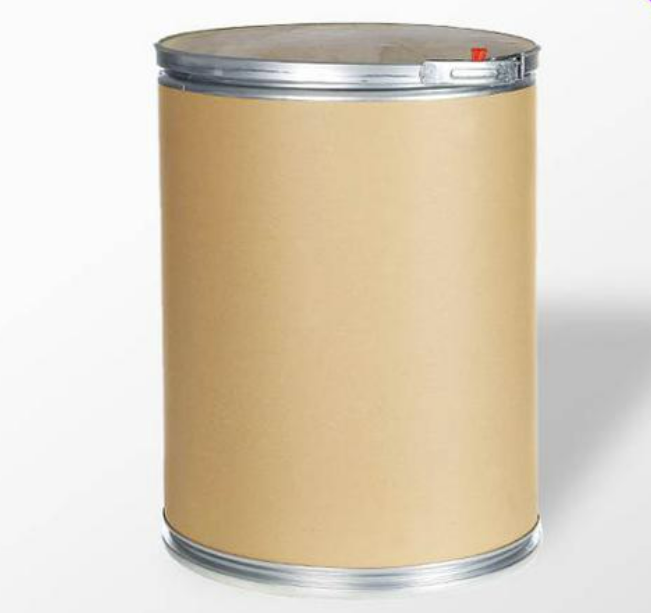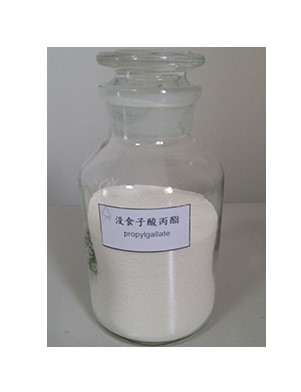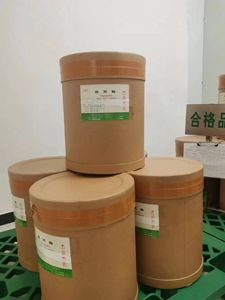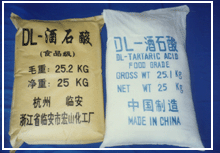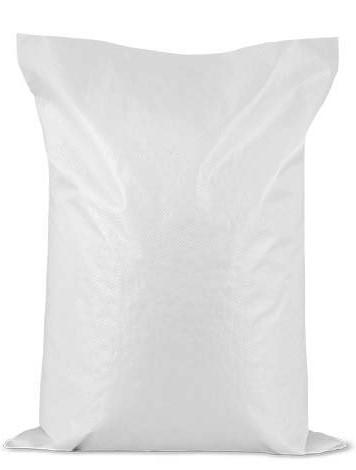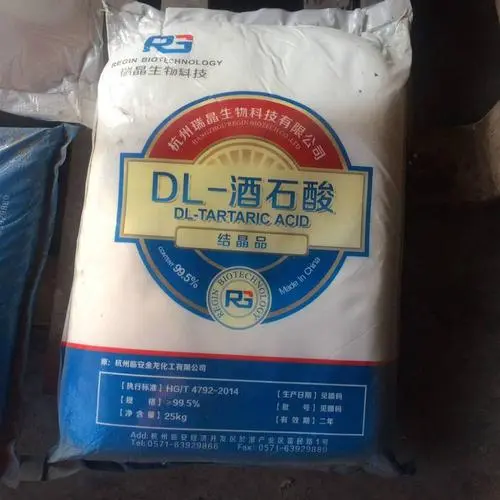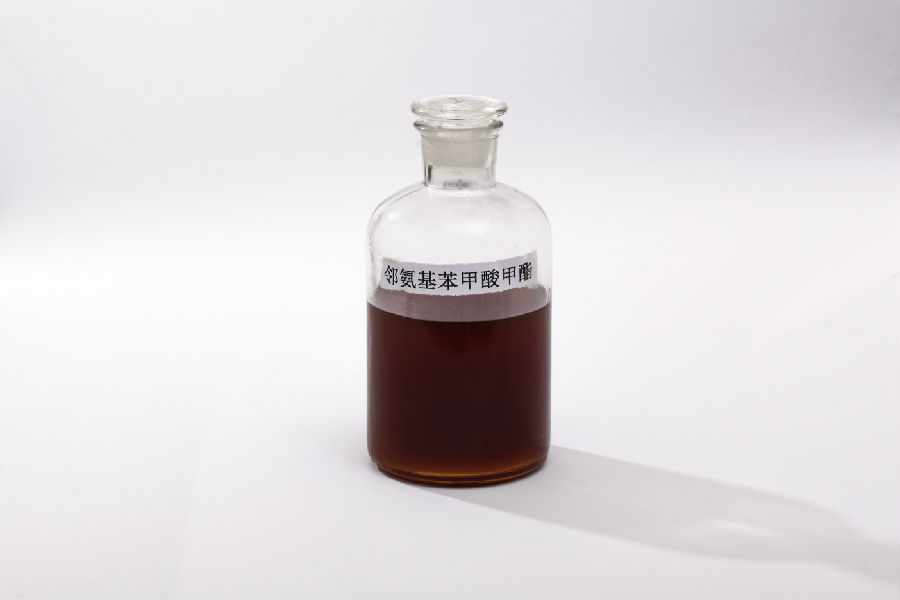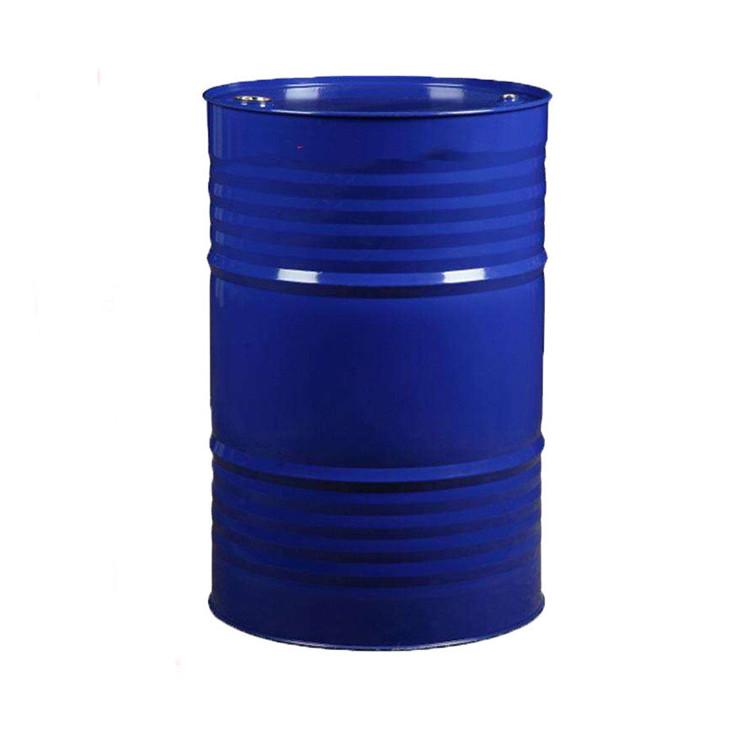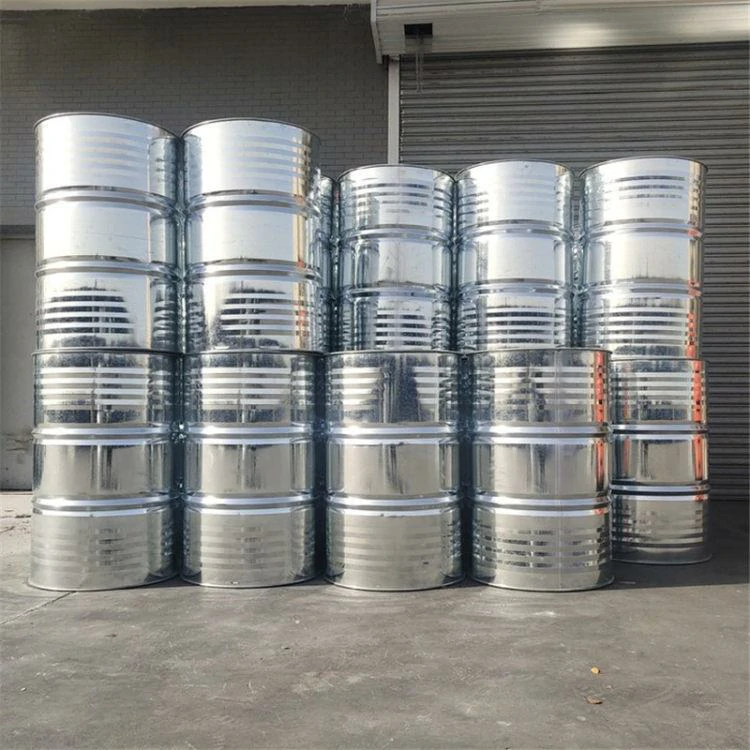Feed Additive
Additives For Food Packaging
Colorant
Stabilizer and Coagulator
Water Retention Agent
Feed Deworming Health Agents
Anti Corrosion and Preservation
Color Fixative
Flour Treatment Agent
Defoamer
Coating Agent
Feed Vitamins
Emulsifier
Other Food Additives
Nutritional Fortifier
Thickening Agent
Feed Quality Enhancer
Antioxidants
Chewing Gum Bases
Bulking Agent
Feed Amino Acids and Small Peptides
Flavor Enhancer
Sweeteners
Additives For Feed Preservation
Other Feed Additives
Food Additive
Bleaching Agents
Anticaking Agent
Food Flavors and Fragrances
Enzyme Preparation
Feed Trace Elements
Acidity Regulators
Feed Growth Promoters
Feed Conditioner
CAS:121-32-4
Molecular Formula:C9H10O3
Alias
More Information
3-Ethoxy-4-Hydroxybenzaldehyde; Protocatechualdehyde Ethyl Ether; Bourbonal; Ethyl Protal; Ethyl Protocatechualdehyde 3-Ethyl Ether
Brief Introduction
Ethyl vanillin is a member of the class of benzaldehydes that is vanillin in which the methoxy group is replaced by an ethoxy group. It has a role as an antioxidant and a flavouring agent. It is a member of benzaldehydes, a member of phenols and an aromatic ether. It derives from a vanillin.
Suppliers
View More Vendors (4) >
CAS:121-33-5
Molecular Formula:C8H8O3
Alias
More Information
Rhovanil; Vinillin; 4-Hydroxy-3-Methoxybenzaldehyde; 3-Methoxy-4-Hydroxy-Benzaldehyde; Vanilin; Fema 3107; Zimco; Vanilla; Reference Source: Negwer; Benzaldehyde, 4-Hydroxy-3-Methoxy-; Methyl Vanillin; Vanillin (Contains H2So4) Ethanol; 4-Oxy-3-Methoxybenzaldehyde; Lioxin; Vanilline; Vanillic Aldehyde
Brief Introduction
This product has strong milk fragrance and sweet fragrance, is one of the most important food additives, and also widely used daily flavor. It is widely used in candy, ice cream, beverages, pastries, chocolate and bread, biscuits, tobacco, wine and other kinds of food. It can also be used in various daily chemicals such as soap, toothpaste, perfume, cream and so on, as well as for medicine, reagents, electroplating, chemical rubber, plastics and so on.
Suppliers
View More Vendors (4) >
CAS:121-79-9
Molecular Formula:C10H12O5
Alias
More Information
PG; Nipa49; Benzoic Acid, 3,4,5-Trihydroxy-, Propyl Ester; N-Propyl 3,4,5-Trihydroxybenzoate; Gallic Acid Propyl Ester; Progallin P; Tenoxpg; Sustane Pg; Fema 2974; Fema 2947; 3,4,5-Trihydroxybenzoic Acid Propyl Ester; N-Propyl Gallate; Propyl 3,4,5-Trihydroxybenzoate; Gallic Acid Propyl Ester , Pg; Tenox Pg; Antioxidant; Antioxidants
Brief Introduction
Propyl gallate, also known as propyl gallate, is a synthetic oil soluble antioxidant. Oil soluble antioxidants are phenolic compounds, including butylhydroxyanisole (BHA), dibutylhydroxytoluene, tert butylhydroquinone (TBHQ) and so on. They can provide hydrogen atoms to combine with free radicals produced by automatic oxidation of oil to form a relatively stable structure, block the chain automatic oxidation process of oil, so as to achieve the purpose of antioxidation.
Suppliers
View More Vendors (4) >
CAS:133-37-9
Molecular Formula:C4H6O6
Alias
More Information
2,3-Dihydroxysuccinic Acid; Racemic Acid; DL-2,3-Dihydroxybutanedioic Acid; Resolvable Tartaric Acid; (2S,3S)-2,3-Dihydroxybutane-1.4-Dioicacid; 2,3-Dihydroxy-,(R*,R*)-(±)-Butanedioicacid; 2,3-Dihydroxybutanedioic Acid Hydrate; Tartaric Acid; 2,3-Dihydroxy-,(Theta,Theta)-(+/-)-Butanedioicaci; DL Tartaric acid
Brief Introduction
DL-Tartaric Acid is colorless crystal or white crystal powder, odorless and sour. It is a mixture of equal amounts of right-handed and left-handed tartaric acid, often containing one or two crystal water, heated to 100 ℃ ° It is soluble in water and insoluble in chloroform. DL tartaric acid can be used as sour taste agent, chelating agent, antioxidant synergist, aroma enhancer, quick acting leavening agent, acid substance, food pigment diluent and solidifying agent. DL-Tartaric Acid is widely used in food, medicine, chemical industry, light industry and other industries. It is mainly used in the manufacture of tartrate. In the food industry, it is used as beer foaming agent, food sour agent, taste corrector and sour agent of grape juice. It is also used in tanning, photography, glass, enamel, telecommunication equipment, etc.
Suppliers
View More Vendors (4) >
CAS:134-20-3
Molecular Formula:C8H9NO2
Alias
More Information
Methyl 2-Aminobenzoate; 2-Aminobenzoic Acid Methyl Ester; Anthranilic Acid Methyl Ester; Methyl 2-Anthranilate; Methyl O-Aminobenzoate; Neroli Oil, Artificial; 2-(Methoxycarbonyl)Aniline; 2-Amino-Benzoicacimethylester; 2-Carbomethoxyaniline; Benzoicacid,2-Amino-,Methylester; Carbomethoxyaniline; Methyl Anthranylate; Methyl Ester Of O-Aminobenzoic Acid; Methylaminobenzoate; Methylester Kyseliny Anthranilove; Methyl-2-Aminobenzoate; Methylanthranilate Solution; 1-Aminobenzene-2-Carboxylic Acid Methyl Ester; 2-Methoxycarbonylaniline
Brief Introduction
This product is naturally found in essential oils of citrus, Wan Xiangyu, jasmine, gardenia, orange blossom, and has strong fruit aroma and fragrance. It is one of the backbone products of the spice industry, and is widely used in daily flavors and flavors. It is the main flavor of grape flavor and can be used in various flavors such as berries, muskmelon, honey, citrus, lemon, strawberry and pineapple.
Suppliers
View More Vendors (4) >
Inquiry (
10
/ 10
)
Clear All
Sign In
Error!

